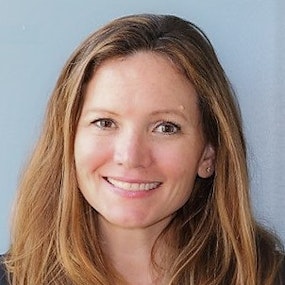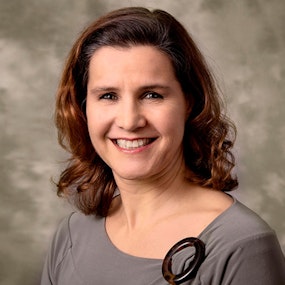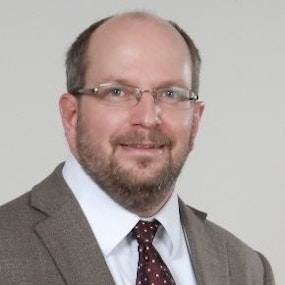ROBERT JOHNSON:
This is the award-winning Public Health Review Morning Edition for Monday, January 22, 2024. I'm Robert Johnson. Now, today's news from the Association of State and Territorial Health Officials.
ELIZABETH CUERVO TILSON:
Yeah, it was a really, really great meeting; very supportive, great collegiality.
JOHNSON:
That's North Carolina State Health Director Dr. Elizabeth Cuervo Tilson. She was in Washington, D.C. recently to meet with officials from the White House Office of Gun Violence Prevention. Cuervo Tilson says they wanted to know more about North Carolina's approach.
CUERVO TILSON:
The federal office really wanted to understand how we created our Office of Violence Prevention, and really from a very granular and pragmatic approach: 'what did we do,' because they're really trying to support other states as they've established that Office of Violence Prevention.
JOHNSON:
Cuervo Tilson says she was encouraged by what she heard at the meeting.
CUERVO TILSON:
What we heard from them is that they wanted to support states that had have already established or are thinking of establishing offices, thinking about how we can -- they can foster best practice learnings across states.
JOHNSON:
North Carolina established its office last March. You can read more using the link in the show notes.
Congress approved a continuing resolution at the end of last week, moving the deadlines for a federal budget deal to March 1 and March 8. ASTHO's Carolyn Mullen on what it means to ASTHO'S members.
MARTY LINK:
There's nothing new to worry about right now. It's keeping funding levels at current levels. It just creates a lot of stress in the field unable to implement new programs just oscillating from extension to extension to extension.
JOHNSON:
Get the latest on moves in Congress right here most Fridays and in ASTHO's Legislative Alert emails when news happens. You can join the list by clicking the link in the show notes.
Also today, South Dakota first responders can now connect on video with hospitals about patients coming their way. The Telemedicine in Motion program allows paramedics and EMTs to get help from doctors even as the ambulance is racing down rural highways to reach the emergency room. Marty Link is with the state health department.
LINK:
If there's a small ambulance service now with a critical patient, Telemedicine in Motion can help call ahead to the receiving facility; let them know the type of patient that's coming in, and then even reach out to tertiary care facilities to make sure that they're aware of what's happening.
JOHNSON:
Link says the program was funded in 2022, and already is credited with saving lives.
LINK:
There's a tremendous amount of interest in Telemedicine in Motion, because it's so vastly different. It's having that utility, that tool-audio-video connection in the back of an ambulance for a 911 response.
JOHNSON:
The state has a webpage with more information. The link is in the show notes.
Finally this morning, ASTHO will host a discussion about ways to leverage policy and funding to prevent adverse childhood experiences. That'll be next Monday, January 29. You can sign up using the link in the show notes. ASTHO also has a toolkit to help agencies improve their work in this area. O'Keyla Cooper has more on that.
O'KEYLA COOPER:
Adverse childhood experiences or ACEs are harmful events that happen before age 18, often causing negative effects on physical, mental, behavioral, biological, substance use, and social aspects in adulthood. However, ACEs can be prevented through supportive policies and protective factors. Learn more by downloading the Adverse Childhood Experiences Prevention Policy Toolkit from the link in the show notes.
JOHNSON:
Before we go, a reminder to follow this newscast on your podcast player so you don't miss a single report.
Also, make sure to connect with ASCO on social media. We're on LinkedIn, Twitter and Facebook.
That'll do it for today. We're back tomorrow morning with more ASTHO news and information. I'm Robert Johnson. You're listening to the award-winning Public Health Review Morning Edition. Have a great day.







